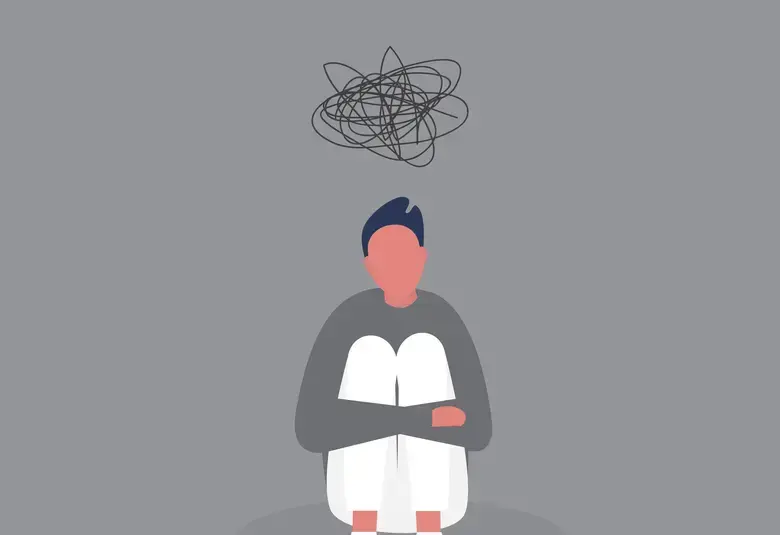Early intervention services for psychosis delay a transition to psychosis for at-risk mental state individuals, but many of those who do not transition to psychosis develop other psychiatric morbidity. Early intervention services have therefore been broadened to provide more comprehensive transdiagnostic services to support mental, physical and sexual health, and psychosocial function, explained pioneer of these services Professor McGorry at WCP 2021.
Early intervention services
Subthreshold psychotic symptoms, a family history of psychosis and change in functioning contribute to at-risk mental state, ultra-high risk or clinical high risk
Subthreshold psychotic symptoms, a family history of psychosis and change in functioning contribute to what has been variously described over the past 25 years as an at-risk mental state, ultra-high risk or clinical high risk, and more recently as Stage 1 psychosis, explained Professor Patrick McGorry, University of Melbourne, Australia.
To prevent or delay a transition to psychosis for at-risk mental state individuals, Professor McGorry and his colleagues conceived and pioneered early intervention services for psychosis in the 1990s.1
Their work led to the implementation of similar services in many countries and the formation of the International Early Psychosis Association (IEPA) in 1997, which now has 7000 members from 60 countries.2
Early intervention services delay transition to psychosis
Evaluation of the risk for individuals with clinical high risk transitioning to psychosis in a 2012 meta-analysis was found to be 36% after 3 years,3 said Professor McGorry. Transition to psychosis can be delayed by early intervention services as follows:
- A 2013 meta-analysis showed a reduction in risk of about 50% at 12 months and that this might extend up to 4 years after entry into the treatment (mostly cognitive behavioral therapy (CBT)-based or CBT-influenced psychosocial treatments) arm4
- A 2018 systematic review, meta-analysis and meta-aggression showed that, compared to treatment as usual, early intervention services improved outcomes especially over the first 2 years5
- A 2020 systematic review and meta-analysis demonstrated a significant reduction in transition to psychosis at 12 and 18 months for early intervention with CBT compared with controls, though in network meta-analyses no treatment approach was significantly more effective than any other at decreasing transition6
Moving to a transdiagnostic approach
Stage 1 psychosis is a highly morbid state
Many of the two-thirds of clinical high-risk individuals who do not make a transition to psychosis develop persisting subthreshold psychotic symptoms or other forms of psychiatric morbidity.7,8 So Stage 1 psychosis is a highly morbid state, said Professor McGorry.
To address the high prevalence of other mental disorders, the limitations of current risk identification approaches and the dynamic nature of psychopathology, Professor McGorry and his colleagues have broadened their early intervention services to provide more comprehensive transdiagnostic services.9
Early intervention services have been broadened to provide more comprehensive transdiagnostic services
In Australia, this approach has led to the provision of headspace centers throughout the country for young people who need help with mental, physical and sexual health, dependence on alcohol and other drugs, or work and study support.
There is much more to do in terms of delivering treatments more effectively and at an earlier stage and to discover new and better treatments, said Professor McGorry, and funding is now being provided to support this, with the goals of improving prediction of transition to psychosis and developing new early intervention treatments.10
For the latest updates on sea.progress.im, subscribe to our Telegram Channel https://bit.ly/telePiM
Our correspondent’s highlights from the symposium are meant as a fair representation of the scientific content presented. The views and opinions expressed on this page do not necessarily reflect those of Lundbeck.




